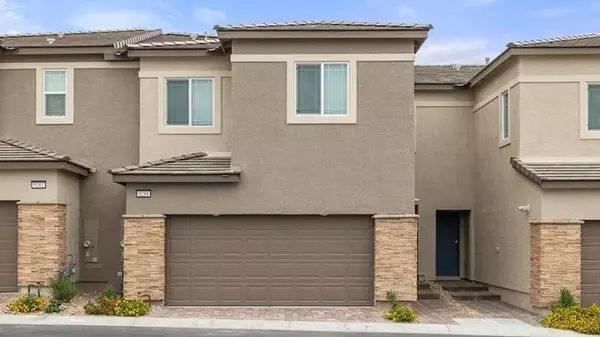You Can Live Well in Arizona on Just Your Social Security, If You’ve Paid Off Your Mortgage
Retirees in Arizona can actually make Social Security stretch far enough to cover their living costs, provided they have already paid off their mortgage.
According to Realtor.com® analysis of median Social Security benefits by state and the Elder Economic Security Standard Index,, Arizona ranks among the 10 states where seniors can live comfortably on benefits alone.
The typical retiree in the state enjoys an annual surplus of $1,224, or about $102 per month, once basic expenses are covered.
Housing costs keep seniors afloat
The math is straightforward. Retirees in Arizona face average monthly living expenses of $1,874, including housing costs of $531. The state’s median Social Security benefit of $1,976 per month keeps them just ahead of the curve, allowing for a modest surplus after accounting for essentials.
What helps set these states apart is their relatively modest housing costs. In Arizona, housing without a mortgage averages just over $530 per month. That’s far less than the nearly $1,000 housing bills common in shortfall states like New York and Massachusetts, where Social Security alone leaves retirees thousands in the red each year.
This lower cost of housing—alongside more manageable property taxes and insurance bills—helps Arizona retirees keep housing expenses to about 28% of their budget, just under the federal affordability guideline.
Arizona’s retiree appeal
Arizona has long been a magnet for retirees, and the numbers help explain why. Beyond housing costs, the state offers warm weather, relatively affordable healthcare compared to coastal states, and a growing network of retirement-friendly communities.
Cities such as Phoenix, Tucson, and Mesa have seen strong in-migration from older adults seeking both climate and cost savings.
Smaller towns and desert communities also appeal to retirees looking for a quieter, lower-cost lifestyle. While Arizona’s housing market has heated up in recent years—especially in desirable areas near Phoenix and Scottsdale—the state’s overall affordability remains attractive compared to California or Colorado, where retirees face steeper shortfalls.

Comparing Arizona to other states
Nationally, the average retiree faces a shortfall of $2,762 per year, or about $230 a month, even after eliminating mortgage debt. That makes Arizona’s $1,224 surplus notable, even if it doesn’t rank at the very top. Delaware leads the pack with a $1,764 surplus, while Indiana sits at $1,392. Arizona falls comfortably in the middle, offering more financial breathing room than Michigan, which barely breaks even with $132 annually.
Compared to its western neighbors, Arizona shines. California retirees, for instance, face far higher costs, especially for housing, which pushes many into deficit territory. Even nearby Nevada, which does appear on the surplus list, provides a smaller cushion at $432 per year. Arizona, then, represents a stronger choice for seniors who want both affordability and proximity to the western U.S. lifestyle.
Social Security's future funding
For now, Arizona remains a promising state for those living on Social Security alone, but the margin is slim and could eventually become razor sharp, if not fall off entirely, if something were to happen to the benefit.
Social Security itself faces funding challenges. Experts agree that, if Congress fails to act, benefits could be cut to 77% of their current levels by 2033, turning Arizona’s $1,224 annual surplus into a deficit.
Still, for today’s retirees, Arizona offers something rare: a combination of affordability, sunshine, and community that allows Social Security benefits to cover the essentials. For those who have reached the milestone of paying off their mortgage, the Grand Canyon State remains a realistic and attractive option for aging in place.
This article was produced with editorial input from Dina Sartore-Bodo, Gabriella Iannetta, and Allaire Conte.
Categories
Recent Posts










GET MORE INFORMATION

